Fashion has consistently mirrored societal changes, particularly in urban settings. As cities developed, fashion adapted to meet the practical needs of urban inhabitants. The early stages of urbanization saw a rise in functional and durable clothing, suitable for the demands of city life.
This trend led to the emergence of workwear and utilitarian styles, which became closely associated with urban living. With continued urban development, fashion evolved into a means of self-expression and identity formation. The 20th century witnessed the rise of urban subcultures such as punk, hip-hop, and grunge, which significantly influenced fashion trends.
These movements introduced new styles that reflected the rebellious and non-conformist attitudes prevalent in urban areas. The impact of these subcultures extended beyond fashion, challenging established norms of style and beauty. This shift ultimately contributed to a more diverse and inclusive approach to fashion in urban environments.
Key Takeaways
- Fashion in urban environments has evolved over time, reflecting the changing lifestyles and values of city dwellers.
- City life has a significant influence on fashion trends, with urban environments serving as a breeding ground for new styles and ideas.
- The intersection of street style and high fashion has become increasingly prominent, blurring the lines between the two and creating new fashion movements.
- Cities play a crucial role in shaping fashion capitals, with certain urban centers becoming synonymous with cutting-edge style and innovation.
- A comparative analysis of fashion capitals around the world reveals the unique characteristics and influences that define each city’s fashion scene.
- Urban diversity has a profound impact on fashion trends, leading to the emergence of inclusive and eclectic styles that celebrate individuality.
- The future of fashion in urban environments is likely to be shaped by continued innovation, sustainability, and a celebration of diverse cultural influences.
The Influence of City Life on Fashion Trends
The Rise of Street Style
The fast-paced and dynamic nature of city living has a direct impact on fashion, as city dwellers are constantly seeking new ways to express themselves and stand out in a crowded and competitive environment. This has led to the rise of street style, a fashion movement that is heavily influenced by the unique and individualistic looks of city dwellers.
Influence on High Fashion
In addition to street style, city life has also played a significant role in shaping high fashion trends. The energy and creativity of urban environments have inspired designers to push boundaries and experiment with new ideas, resulting in innovative and cutting-edge fashion that often blurs the line between art and clothing.
Urban Inspiration
The influence of city life on fashion trends can be seen in the way that designers often draw inspiration from the architecture, culture, and energy of cities, resulting in collections that are bold, vibrant, and reflective of the urban landscape.
Exploring the Intersection of Street Style and High Fashion
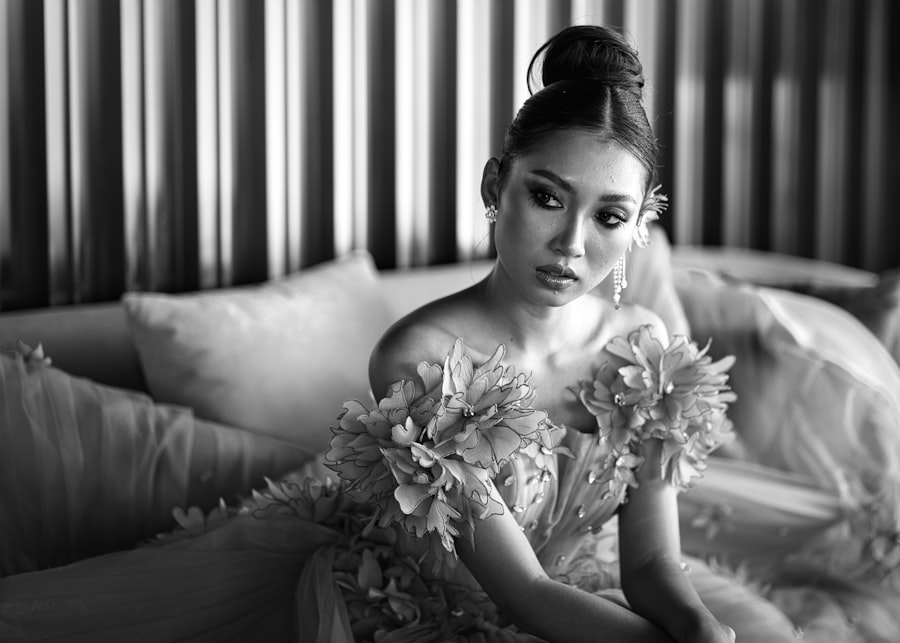
The intersection of street style and high fashion is a fascinating and ever-evolving phenomenon that has had a profound impact on the fashion industry. Street style, which originated from the unique looks and self-expression of city dwellers, has become a major influence on high fashion, with designers often drawing inspiration from the streets and incorporating elements of street style into their collections. This has led to a blurring of the lines between streetwear and high fashion, as luxury brands collaborate with streetwear labels and incorporate casual and urban elements into their designs.
At the same time, street style has also been influenced by high fashion, as city dwellers look to runway shows and designer collections for inspiration and ideas. This has led to a democratization of fashion, as street style has become a platform for individuals to express their creativity and personal style, regardless of their background or financial means. The intersection of street style and high fashion has created a more inclusive and diverse fashion landscape, where individuality and self-expression are celebrated and embraced.
The Role of Cities in Shaping Fashion Capitals
| City | Key Fashion Contribution | Notable Designers |
|---|---|---|
| New York | Commercialization of fashion | Ralph Lauren, Calvin Klein |
| Paris | High fashion and couture | Coco Chanel, Christian Dior |
| Milan | Luxury ready-to-wear | Gucci, Prada |
| London | Avant-garde and street style | Vivienne Westwood, Alexander McQueen |
Cities play a crucial role in shaping fashion capitals around the world. Fashion capitals are cities that are recognized for their significant influence on global fashion trends, and they often serve as hubs for creativity, innovation, and talent within the fashion industry. These cities are home to influential designers, prestigious fashion schools, renowned fashion weeks, and thriving fashion districts, all of which contribute to their status as fashion capitals.
The role of cities in shaping fashion capitals is multifaceted. On one hand, cities provide a fertile ground for creativity and inspiration, as they are often centers of culture, art, and commerce. This environment fosters the growth of emerging designers and allows established designers to thrive and push boundaries.
On the other hand, cities also serve as platforms for showcasing new talent and ideas through events such as fashion weeks, where designers can present their collections to a global audience and gain recognition within the industry.
Fashion Capitals Around the World: A Comparative Analysis
Fashion capitals around the world each have their own unique characteristics and influences that contribute to their status within the global fashion industry. Paris, for example, is renowned for its rich history of haute couture and luxury fashion houses, while London is known for its avant-garde and experimental approach to design. Milan is celebrated for its craftsmanship and tradition, while New York is recognized for its diversity and commercial appeal.
Each fashion capital has its own distinct identity and aesthetic, which is often shaped by the culture, history, and creative energy of the city itself. This diversity is what makes fashion capitals so influential and important within the industry, as they offer different perspectives and approaches to design that contribute to the overall richness and dynamism of global fashion trends.
The Impact of Urban Diversity on Fashion Trends

Urban diversity has had a profound impact on fashion trends around the world. In cities with diverse populations, such as New York, London, and Tokyo, fashion is constantly evolving and adapting to reflect the multicultural influences that exist within these urban environments. This has led to a more inclusive and representative approach to fashion, as designers draw inspiration from a wide range of cultural traditions, aesthetics, and perspectives.
The impact of urban diversity on fashion trends can be seen in the rise of inclusive sizing, diverse casting in runway shows, and the incorporation of traditional textiles and techniques from different cultures into contemporary designs. This has led to a more globalized approach to fashion, where designers are increasingly looking beyond Western-centric ideals of beauty and style to embrace a more diverse and inclusive vision of fashion.
The Future of Fashion in Urban Environments
The future of fashion in urban environments is likely to be shaped by continued innovation, sustainability, and inclusivity. As cities continue to grow and evolve, so too will the fashion industry within these urban environments. The rise of technology and digital platforms is likely to have a significant impact on how fashion is created, marketed, and consumed in cities around the world.
Sustainability is also expected to play a major role in shaping the future of fashion in urban environments. As awareness of environmental issues grows, there is an increasing demand for sustainable and ethical fashion practices within cities. This has led to the rise of eco-friendly initiatives, such as upcycling, zero-waste production, and ethical sourcing, which are likely to become more prevalent within urban fashion landscapes.
In addition, inclusivity is expected to continue to be a driving force behind the future of fashion in urban environments. As cities become more diverse and multicultural, there will be an increasing demand for fashion that reflects this diversity in terms of sizing, representation, and cultural influences. This will lead to a more inclusive and representative approach to design that celebrates individuality and embraces a wide range of perspectives within urban fashion.
In conclusion, the evolution of fashion in urban environments has been shaped by the dynamic nature of city life, the influence of street style on high fashion, the role of cities in shaping fashion capitals around the world, the impact of urban diversity on fashion trends, and the future of fashion in urban environments. As cities continue to grow and evolve, so too will the fashion industry within these urban environments. The intersection of street style and high fashion has created a more inclusive and diverse fashion landscape where individuality and self-expression are celebrated and embraced.
Fashion capitals around the world each have their own unique characteristics that contribute to their status within the global fashion industry. The impact of urban diversity on fashion trends can be seen in the rise of inclusive sizing, diverse casting in runway shows, and the incorporation of traditional textiles from different cultures into contemporary designs. The future of fashion in urban environments is likely to be shaped by continued innovation, sustainability, inclusivity, technology advancements, eco-friendly initiatives such as upcycling zero-waste production ethical sourcing which are likely to become more prevalent within urban fashion landscapes.
If you’re interested in exploring the world of fashion and crafts, you might enjoy reading about the latest trends in handmade jewelry and accessories. Check out this article on Toad Frog Crafts for some inspiration on how to incorporate unique, handcrafted pieces into your wardrobe. Whether you’re looking for a statement necklace or a one-of-a-kind handbag, this article has plenty of ideas to help you elevate your fashion game.
FAQs
What is a fashion city?
A fashion city is a place known for its influence and impact on the fashion industry. It is a hub for fashion designers, retailers, fashion events, and trendsetting.
What are some examples of fashion cities?
Some examples of fashion cities include Paris, Milan, New York City, London, Tokyo, and Los Angeles. These cities are known for their significant contributions to the fashion industry.
What makes a city a fashion city?
A city becomes a fashion city due to its thriving fashion scene, presence of renowned fashion designers and brands, fashion events such as fashion weeks, and a strong influence on global fashion trends.
What are the benefits of living in a fashion city?
Living in a fashion city provides access to a wide range of fashion opportunities, including networking with industry professionals, attending fashion events, and being exposed to the latest fashion trends and styles.
How do fashion cities impact the global fashion industry?
Fashion cities play a crucial role in shaping the global fashion industry by setting trends, showcasing new designs, and influencing consumer preferences. They serve as trendsetters and influencers in the fashion world.



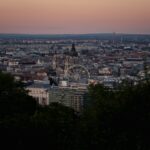











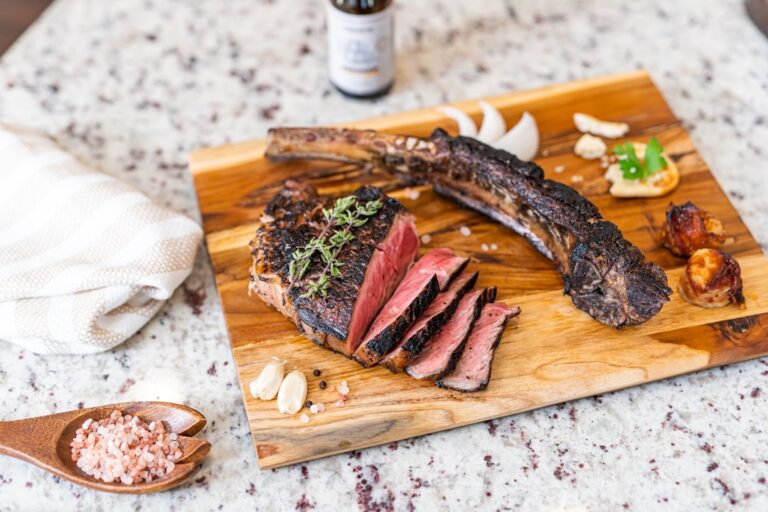




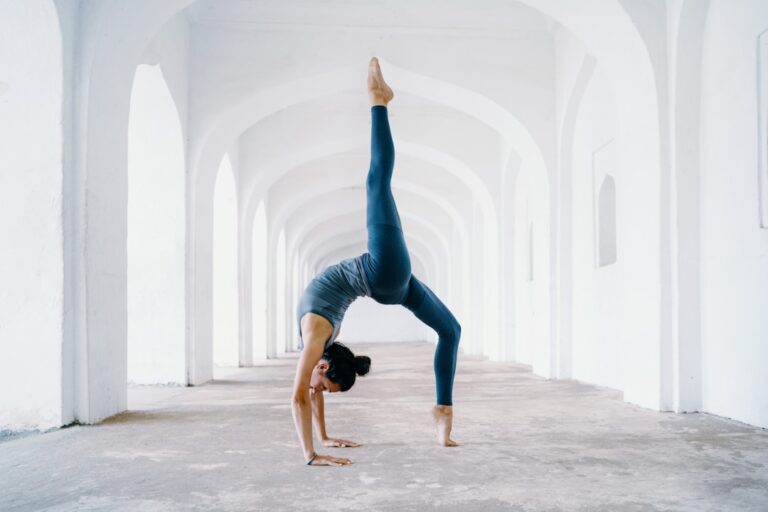
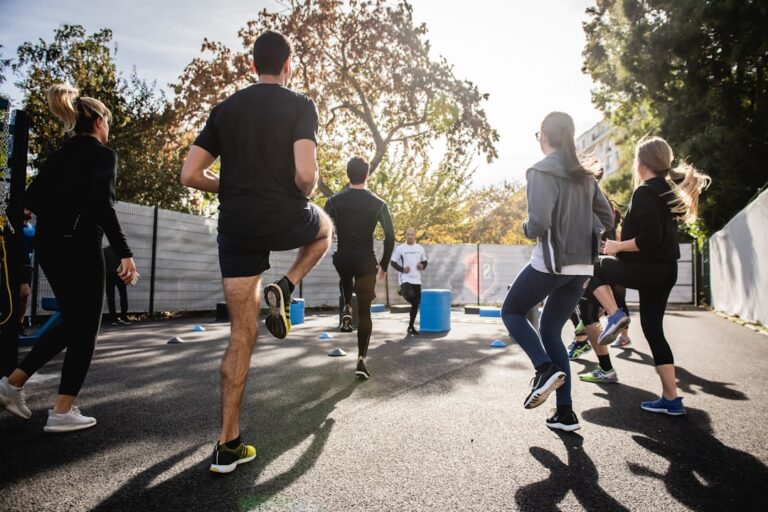

+ There are no comments
Add yours